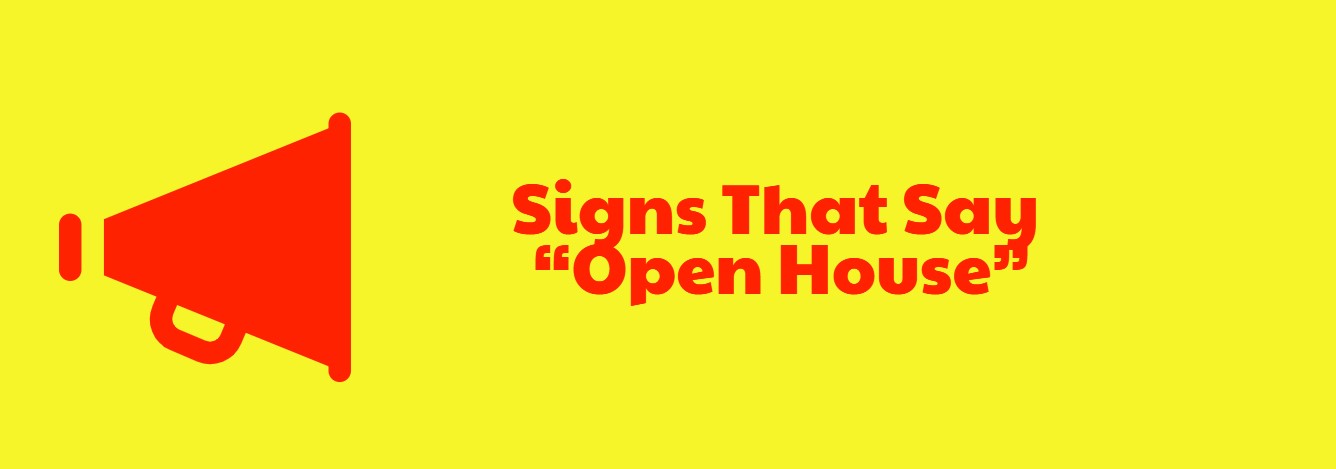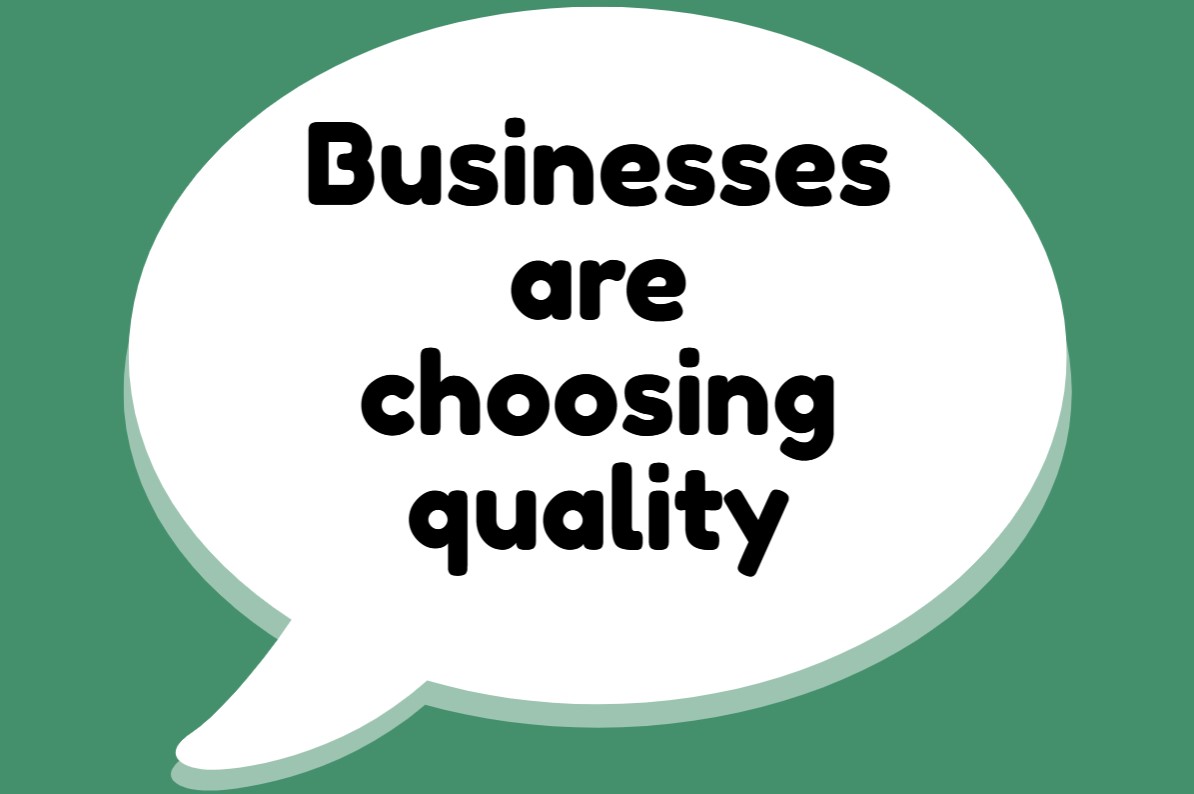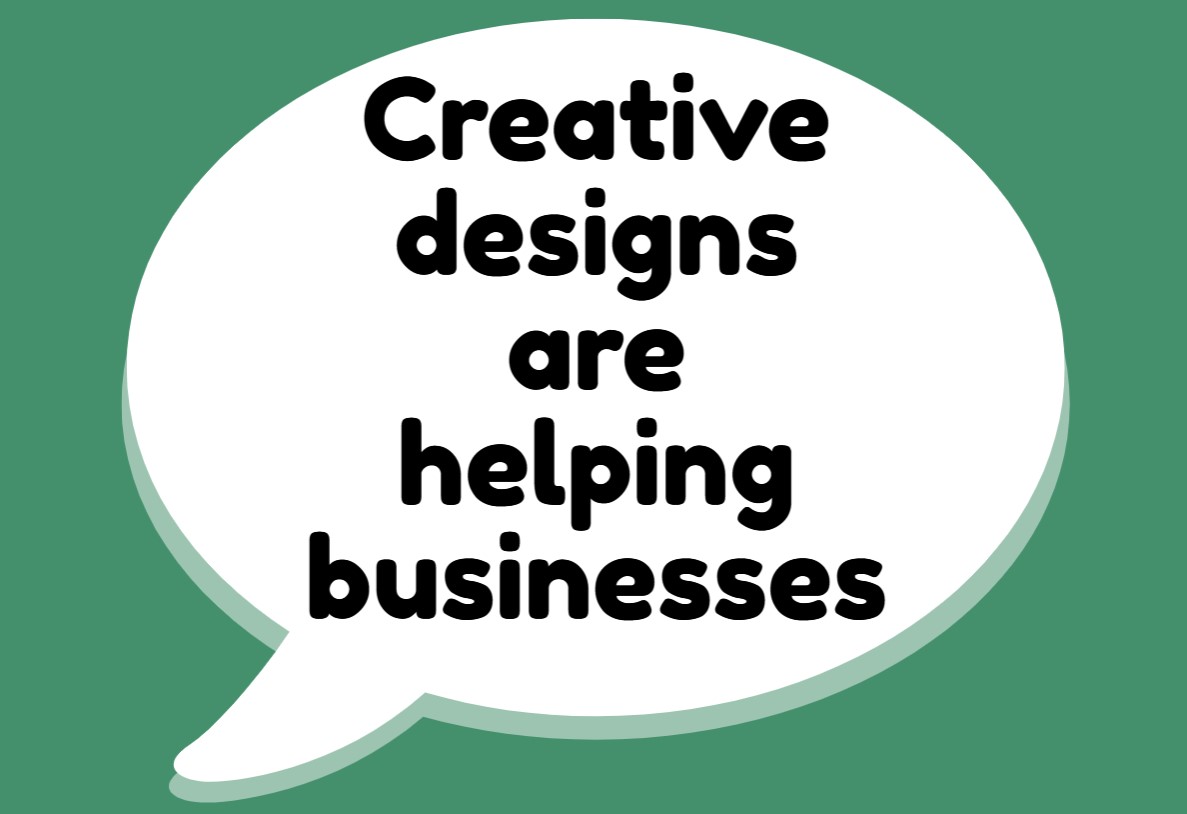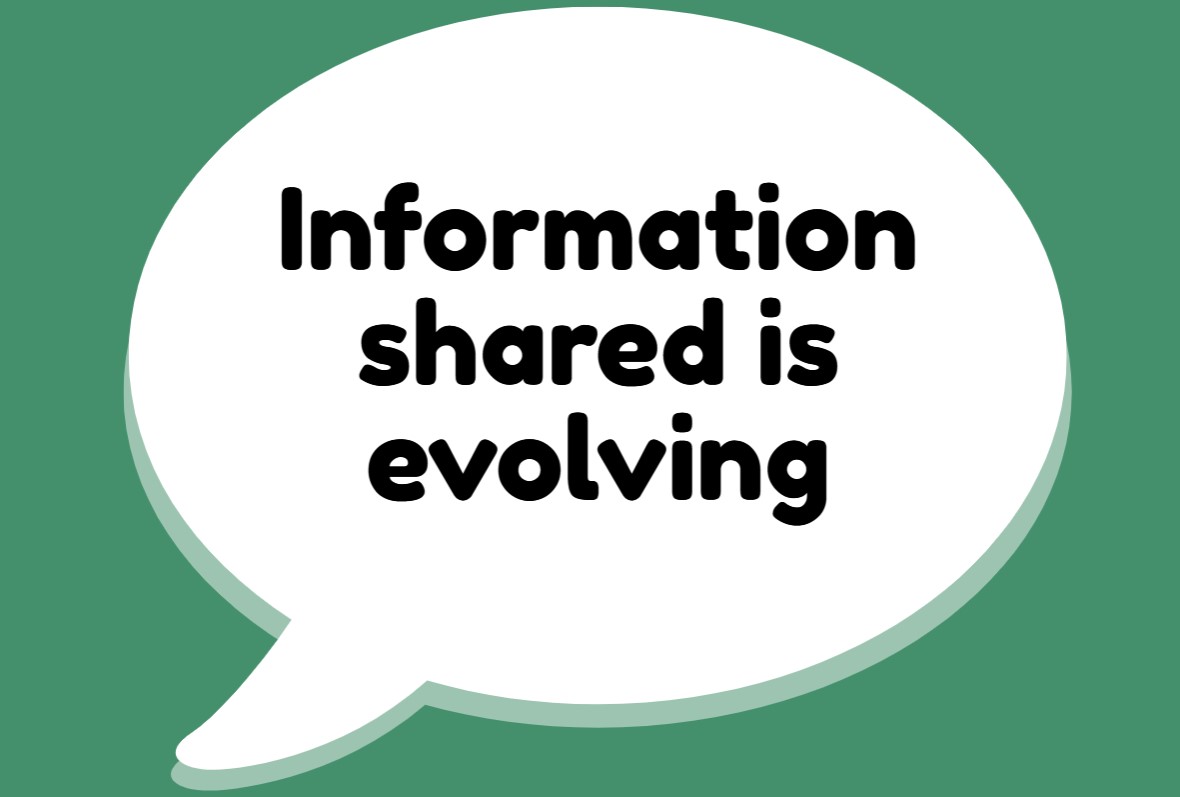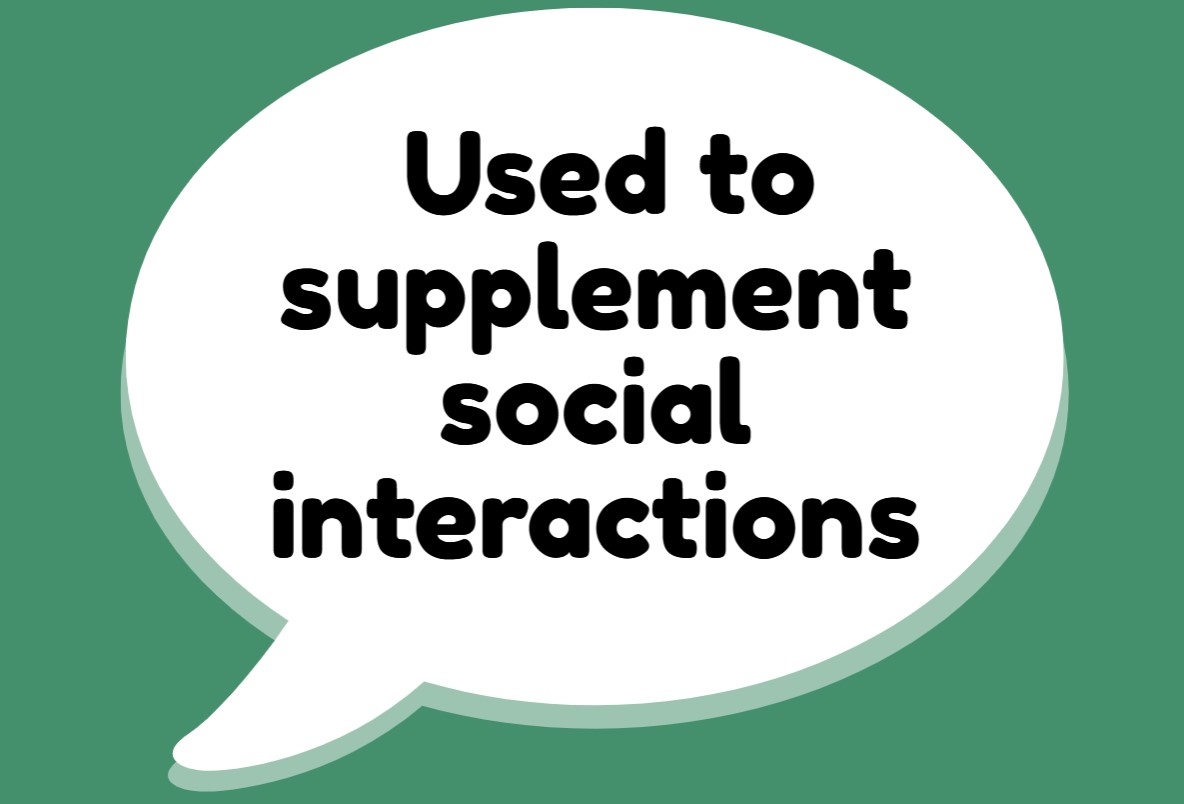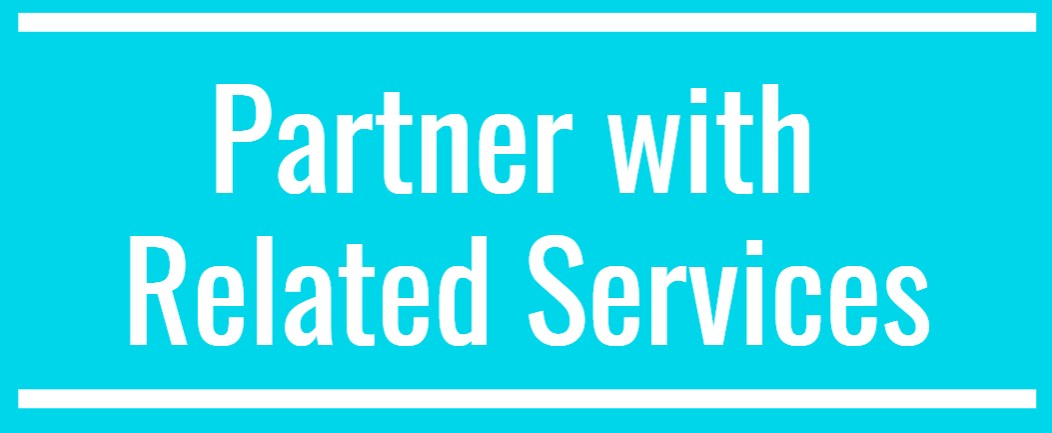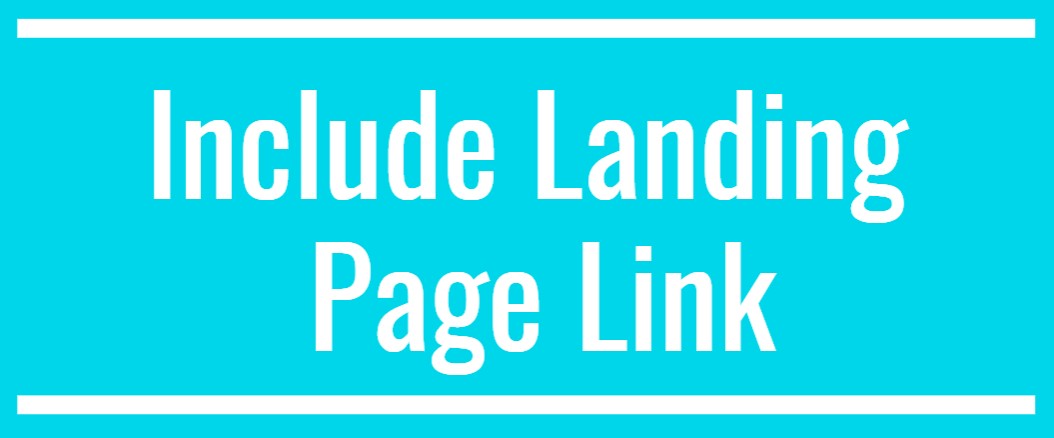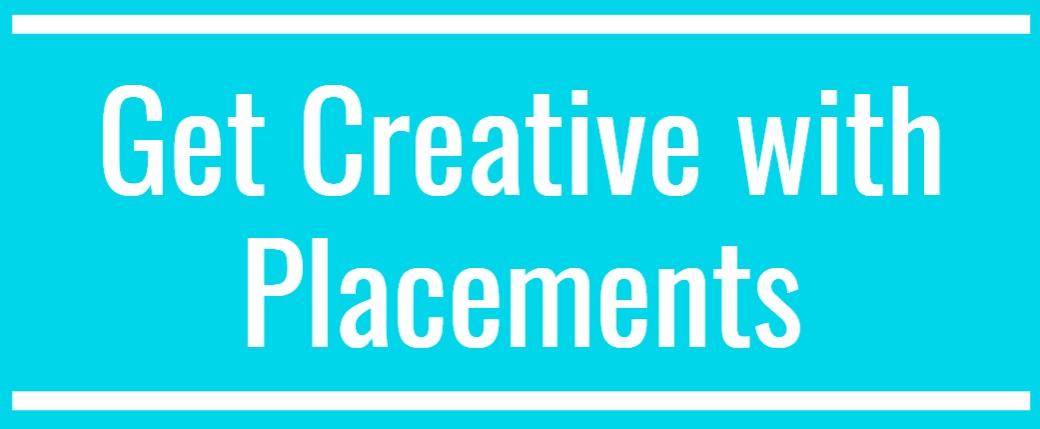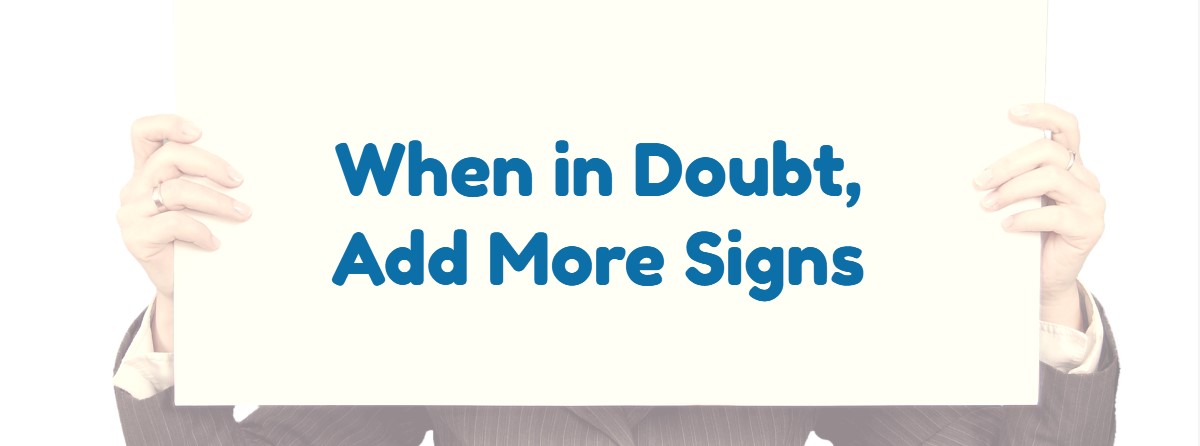Open House Signs that Attract More Buyer Attention
Preparing for an open house takes a lot of work. Often the homeowner must deep clean, de-personalize the home, bake cookies, landscape for curb-appeal, perform minor repairs, and list the open house online. After all of that, you would think that potential buyers would be busting down the door to take a peek. However, many homeowners forget or are unaware of the steps it takes to attract buyer attention for the event itself.
Open house signs are easily recognizable and a cost-effective option for advertising the event the day of. There are a variety of open house signs available to choose from, and there isn’t a one-size-fits-all solution when it comes to effective open house sign marketing. So, how do you know which one is right for your home and neighborhood? Below are a few ideas on what types of signs attract more buyer attention and how you can use them for your open house.
Signs That Say “Open House”
This should be a no-brainer. However, if a sign just says “For Sale”, potential buyers won’t know there is an event happening the day of or at all. If you want them to come through the door, the sign has to be clear that you’re hosting an open house and when they should stop by.
Directional Signs
If a home is tucked away in a neighborhood or it’s not visible from any main roads, directional signs can be helpful for leading people to the open house. Placing a sign at the main entrance of a neighborhood or on the closest main road can help attract passersby who don’t live in the neighborhood. The more traffic a road gets, the more potential buyers will see the sign. Some neighborhoods and cities have specific rules involving temporary signs, so it’s important for homeowners to learn these rules before accidentally breaking one.
Repetitive Signs
Several signs before the entrance of the neighborhood not only catch the attention of passersby, but they can also serve as alerts and reminders of where to turn so they don’t miss it. Each sign can say something different or contain only one word each to form a whole sentence. Either way, multiple signs are hard to miss.
Informative Signs
Signs with the date, time, price, and basic information about the home can help buyers determine if the home fits their criteria in the first place. Open houses that waste everyone’s time aren’t profitable, so informative signs can help weed out the outliers. Informative signs are usually placed in front of the home with the most important information in the largest lettering so people don’t have to get out of their cars to read it. Too much information on a sign can overwhelm a potential looker, and small print is difficult to read from far away. Contrast and color can help signs stand out around the landscape and are easy to read for someone driving by.
Humorous Signs
Humor is an easy way to grab someone’s attention when marketing for anything, including homes. Phrases like “It’s what’s on the inside that counts” or “Say yes to the address” can peak the curiosity of a potential buyer at the very least. Creative and clever home promotion tactics will attract buyers’ attention at the very least. This strategy may be more successful in certain areas or neighborhoods, and a realtor may know best if it will work in yours.
Creative Placement
Open house signs aren’t restricted to neighborhoods and in front of homes. To widen the search radius, some realtors will create open house flyers and post them in coffee shops, grocery stores, or wherever local ads are displayed. To prevent random strangers from showing up to the house late at night, these may only want to be promoting the open house for a couple days or just the day of the event. The home address doesn’t even need to be shared if there are signs leading to the home from the entrance of the neighborhood. When thinking about open house signs, there are more ways to promote an open house than just the traditional signs and methods. Creativity and strategy can lead to a wildly successful open house, and even a contract at the end of the day.

